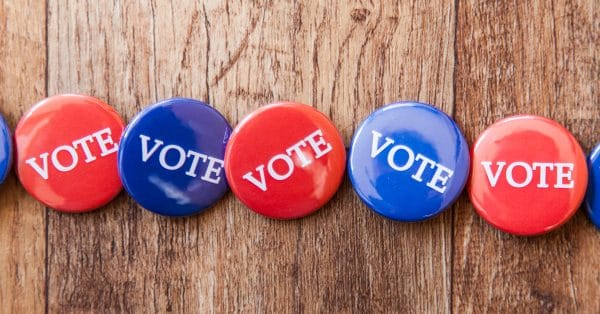Like any other organization, political campaigns abound with distractions, and each one threatens to siphon off money, resources, and, most importantly. time and focus from the main task at hand — winning your election. This fall, even in an off, off year election, hundreds of candidates will vie for voters’ attention and support.
Winning campaigns don’t take their eye off the prize. That means having a clear focus on the fundamental goal of any campaign: persuading and turning out your voters.
As we see time and time again, campaigns — especially ones relying on volunteers to run and manage them — are often easily distracted. With most elections decided by only a few hundred votes, losing focus often means losing the race. Here are three tips on vital functions to execute between now and Election Day to take stock of how you are doing and make sure that you and your team are on keeping the many distractions to the side. Time away from these functions — with a few small exceptions, such as for fundraising — is time lost that you can never get back.
Good luck!
1 Understand the electorate
If they haven’t already, winning campaigns will use some kind of telephone operator or automated poll/ survey to understand the mindset of their voters. Some of the answers they will seek include:
• What is the mood of the electorate?
• Do voters desire a change or instead to preserve the status quo?
• Where does the race stand now — who is ahead and who is behind?
• Which voters are undecided and which are persuadable?
• What messages break through the clutter and define you and your opponent most effectively for voters?
2 Persuasion
Once your poll data is gathered and analyzed, the next step is working to persuade target voters — first making clear to your supporters that this race matters and their choice — you! — needs their help, support, donations and ultimately votes. Then comes the often trickier task — reaching undecided voters and working to convince them that you and your candidacy warrant their support and their votes. Many campaigns find that undecided voters — those you have identified through your poll as not yet having made up their minds — are often skeptical of political candidates and their promises, so they are usually very hard to persuade. At the same time, these voters are often what are referred to as “low information voters” — they don’t follow political issues or candidates carefully — so the role of your campaign is really about educating them. This persuasion work takes place throughout the campaign with door knocking, live and robo phone calls, direct mail, email, and digital and social advertising. Your polling or live ID calls help you to understand exactly who is undecided, so you can focus on them like a laser beam.
3 Turning Out Your Voters
As the campaign gets closer to the middle to end of October, you must start to pivot attention to who you need to have come out on Election Day in order to win. At a basic level, this is a combination of voters your poll tells you are your core supporters and people in the undecided portion of the audience that your campaign has been able to engage and now indicate to you — either at their front door or through live phone calls — that they support you. In other words, persuasion has been successful! You can and should use some of the same tactics you have employed before: door knocking, live and robo phone calls, direct mail, email, and digital and social advertising. Fundamentally, you need to explain to target voters “why” their vote matters and why they must vote on Election Day. You need to articulate clearly and simply what the stakes are in the race.
In summary, stay focused. Campaigns need to be focused on these three basic areas that matter most — understand voters, persuade them, and then get them to turn out.
Good luck on your exciting journey!

